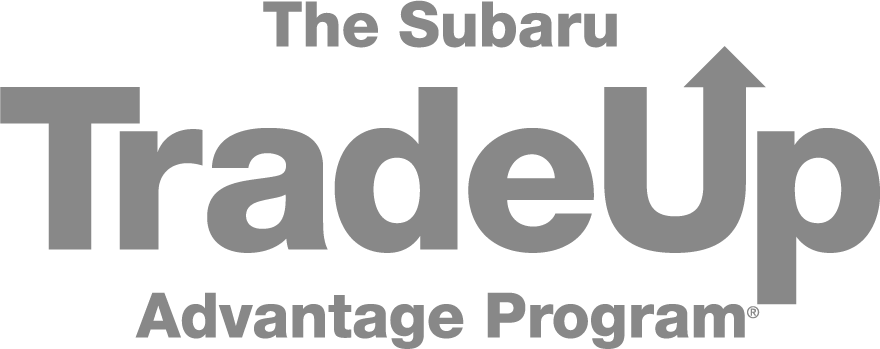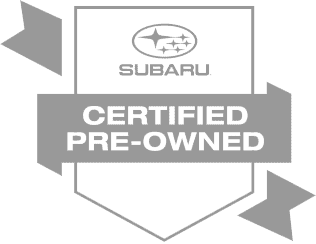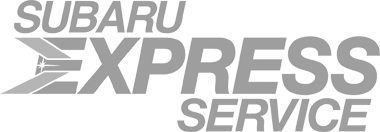Lease or Buy - What are my options?

It's a common dilemma: to lease a car or buy a
car - which is better? Everyone who has ever considered leasing has had this
question cross their mind. After all, our parents always purchased a car; isn't
that what we are supposed to do as well? The truth is - it depends.
It's not possible to simply say "Buying is always better than
Leasing" or vise-versa, because the right answer will vary depending on
each individual's personal preferences and needs. Simply put, leases and
purchase loans are two different methods of automobile financing. A lease finances
the use of a
vehicle; the other finances the purchase of
a vehicle.
Here, you will learn the differences
between a lease and a purchase and be given questions to ask yourself, and our
Ganley Westside Subaru leasing professionals, about the benefits and drawbacks
of each. We'll simplify and separate fact from fiction.
|
|
|
Is having a new vehicle every three or four years with no major repair risks more important than long-term cost?
How long do you drive a vehicle before you get that "new car itch"?
Or are long term cost savings more important than lower monthly payments?
Is having some ownership in your vehicle more important than low up-front costs and no down payment?
Is it important that you pay off your vehicle and be debt-free for a while, even if it means higher monthly payments for the first few years and higher maintenance costs in the car's older years?
So we find out that making a lease-or-buy decision is not quite cut and dry. There are some things you need to consider. Let's take a look at some of these things now.
Buying and Leasing Are Different
When you buy, you pay for the entire cost of a vehicle, regardless of how many
miles you drive it. You typically make a down payment, pay sales taxes in cash
or roll them into your loan, and pay an interest rate determined by your loan
company, based on your credit history. You make your first payment a month
after you sign your contract. Later, you may decide to sell or trade the
vehicle for its depreciated resale value. In reality, at the end of the typical
five-six year loan period you may well own the car, but chances are you really
wanted to trade it in a year ago or earlier. Since this is a depreciating
asset, it loses value over time with some makes and models depreciating faster
than others. So, the car you now own and don't really want isn't worth very
much when you try to trade it in. However, pride of ownership is important to
many consumers; others just want to drive a vehicle till it falls apart!
When you lease, you pay only a portion of a vehicle's cost, which is the part that you "use up" during the time you're driving it. You have the option of not making a down payment, you pay sales tax only on your monthly payments (in most states), and you pay a financial rate, called money factor, that is similar to the interest on a loan. You may also be required to pay bank fees (Acquisition Fee) that you don't pay when you buy. Note: Subaru does not require a security deposit. You make your first payment at the time you sign your contract - for the month ahead.
Lease End
At lease-end, you have three options regarding the disposition of the car:
1. Keep the car because you are in love with it. You pay
based on the guaranteed future value (GFV), or Residual Value (RV) established when you originally
leased the car. Residual Values are a percentage of the vehicles MSRP and are set by the leasing bank. You can finance the purchase of your leased vehicle, and any of the Finance Managers at Ganley Westside Imports can provide you with finance and warranty options.
2. Sell or trade the car. If the value of the car is actually HIGHER than the
GFV (or RV), you can sell it or trade it and keep the equity (profit) in your pocket.
3. Walk away with no negative equity and turn your vehicle into any Subaru dealership. Why keep a car that has a value lower
than the GFV (RV)? At that point you can lease or purchase another vehicle.
Buy vs lease summary
To summarize, leasing typically does not build ownership equity, while buying
does. The reason that a buyer has equity at the end of his loan is that he
purchases that equity by making higher monthly payments. Part of each payment
funds the equity. Leasing = lower payments, no equity.Buying
= higher payments, partial (and declining) equity.
Mileage matters
Subaru leases are typically 10,000,
12,000, or 15,000 miles per year but can be customized up to 30,000 miles to
meet your particular needs. If you have a predictable lifestyle and driving
habits where you can "guesstimate" that your annual mileage will fall
within these parameters, then leasing is a viable option. However, if you exceed
the allowed miles at the end of a lease, expect to pay .15 per mile overage
fee (which is charged by the leasing bank and not the dealership) if you turn your vehicle back into the leasing bank at the end of the lease. If you trade your vehicle in towards a new Subaru, or purchase it at the end of your lease, you will not be charged for over mileage.
Early Termination
If you want an early termination of your purchased vehicle, you would have
to either sell it privately or trade it in. This often results in negative
equity (owing more than the value of the car), although we can often get you out of your lease early and into a new Subaru by using Owner Loyalty incentives.
GAP coverage
Subaru leases have automatic built-in GAP
coverage. Car purchase loans almost always do not. Gap coverage, or gap
insurance, pays the difference between what you owe on your loan or lease, and
what your vehicle is actually worth if your vehicle is stolen or destroyed in
an accident.
Why is gap insurance important?
- Because it's very common, in these days of long-term loans to be "upside down" and owe more on your loan or lease than your car is actually worth. This can mean you'll still owe hundreds or thousands of dollars to the finance company even after your insurance has paid for your car that has been totaled or stolen. This turns out to be a huge shocking surprise for most people caught in this unfortunate situation.
So, Subaru leases have built-in gap protection, but loans
do not. You're better protected with a lease, unless you purchase the gap
insurance separately at extra cost for the loan. Ganley Westside Subaru offers GAP
insurance as an option on all purchase plans.
Comparing the Two
So, is it better to lease, or to
buy? As with any question of this type, there are always pros and cons, pluses
and minuses, advantages and disadvantages.
|
You should LEASE if you:
|
You should BUY if you:
|
CONCLUSION
If you are a two car family where at
least one car does not exceed 15,000 miles per year, a clear option would be to
lease at least one of your vehicles. Purchasing a car can be more risky than
leasing. We all know how much cars depreciate. The best option is the one where
you put down the least amount of money. The less out of your pocket, the less investment you have to lose. Please ask your
Ganley Westside Subaru Sales Professional or Finance Manager to show you BOTH
lease and finance payments so you can make an informed decision.



